
Aid agencies on Saturday raised Cyclone Pam's official death toll in Vanuatu from 11 to 17 as the South Pacific nation faced the daunting task of trying to rebuild and reconnect thousands of stranded islanders to water and other supplies.
One week after the cyclone ripped through the archipelago, there are still an estimated 65,000 people who are in need of temporary emergency shelter, according to the U.N. Office for the Coordination of Humanitarian Affairs.
Neighbors New Zealand and Australia have committed millions of dollars toward the enormous relief effort, the Associated Press reported Saturday. Millions more in aid have also been earmarked by other countries, including France, the U.S., the United Arab Emirates and South Korea.
While vital roads on the main island have been restored to allow vehicles to pass, the remoteness of the other smaller islands — and the utter devastation of their infrastructure — has been hampering the relief effort.
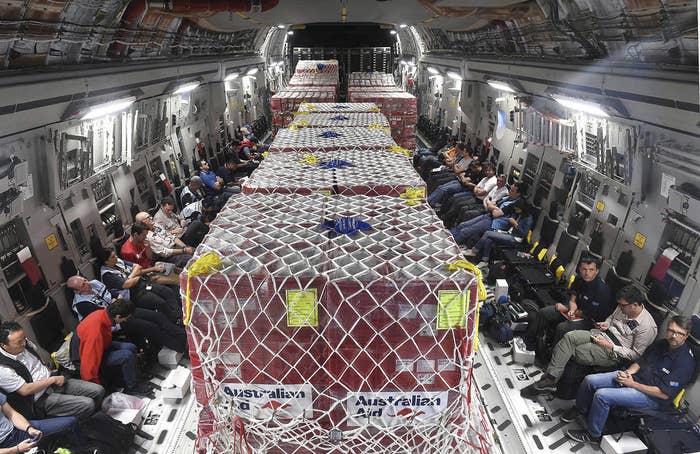
Relief workers on Wednesday rushed to get badly needed supplies to Vanuatu, the South Pacific island chain that was ravaged by a destructive cyclone over the weekend, leaving thousands of people without food and running water.
Getting supplies to the isolated islands was a huge concern for aid workers and government officials as as villagers continue to ration what little they had left days after the cyclone passed through on Saturday.
In addition to leveling entire villages, Cyclone Pam wiped out communications facilities, leading to a near-blackout and further hampering the relief effort. Most of the small islands have no airports and those that do have only small landing strips that are difficult for large supply planes to navigate, the Associated Press reported.
Aerial surveys showed some stranded villagers trying to signal relief workers for supplies and help from below.
"There are over 80 islands that make up Vanuatu and on a good, sunny day outside of cyclone season it's difficult to get to many of them," Collett van Rooyen of the relief organization Oxfam told the AP.
The United Nations' initial report of 24 deaths was incorrect, according to the Associated Press. They are now reporting 11 deaths, adding that the number may increase.
The U.N. Office for the Coordination of Humanitarian Affairs changed its initial report of 24 deaths after realizing some of the victims had been counted twice.
Eleven people are confirmed dead and 3,300 others are displaced after Cyclone Pam slammed into the Pacific islands early Saturday.

The death toll is expected to rise as communications are made to outlying areas, BBC News reported.

Cyclone Pam is being described by Vanuatu's government as the worst disaster in the nation's history, The Guardian reported.
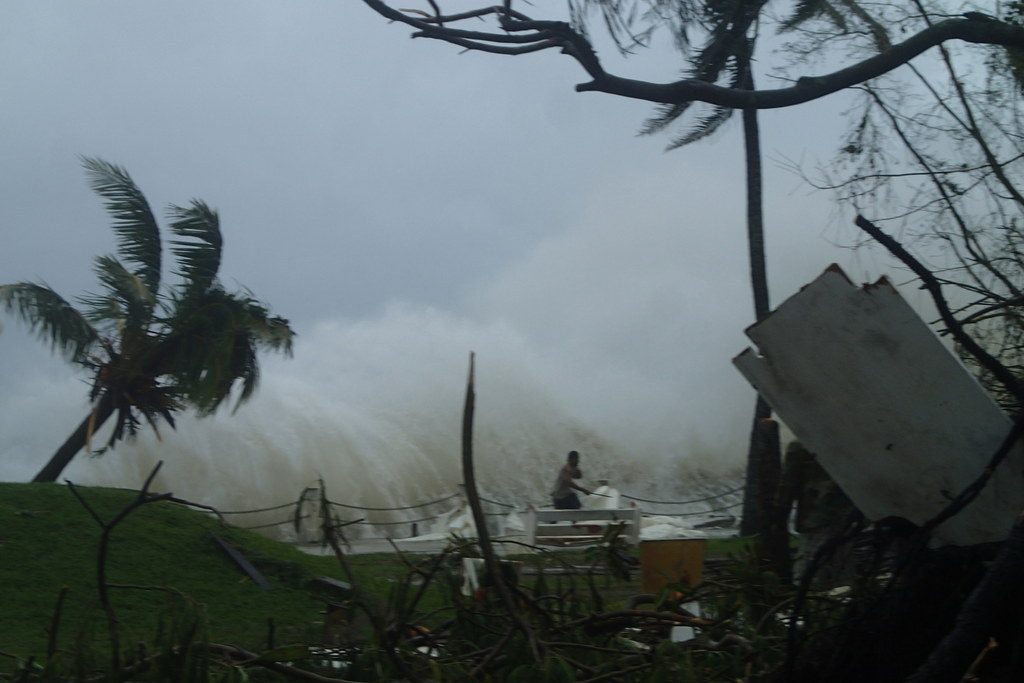
Vanuatu's entire population of 266,000, which is spread out over 65 islands, have all been deeply affected by the tropical cyclone, according to government officials.
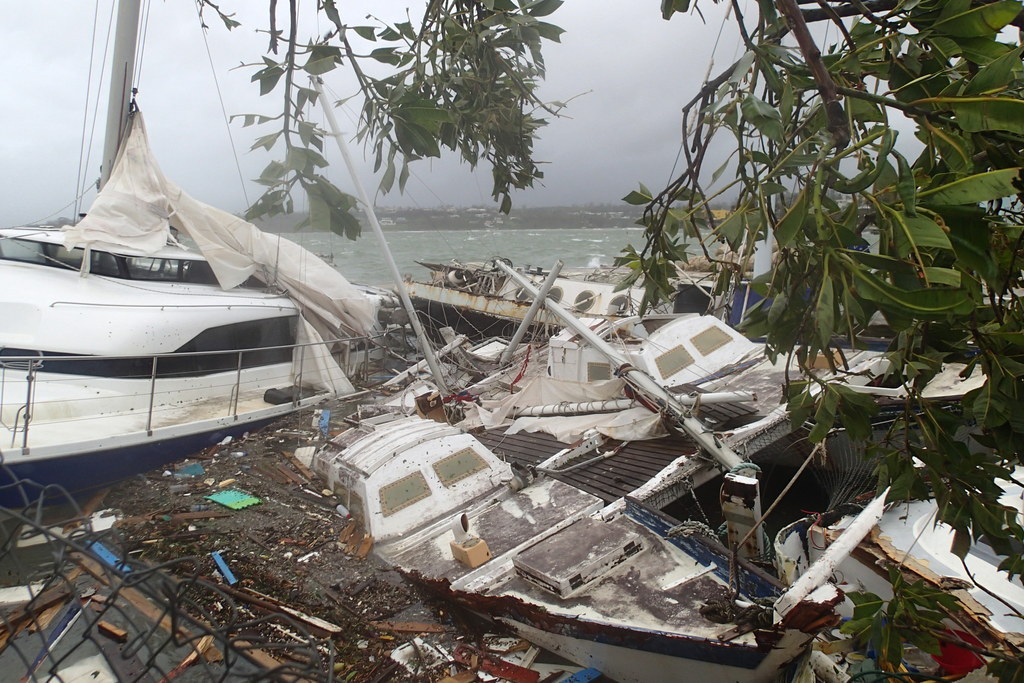
Of those who were killed as a result of the Cyclone, 8 were from the main island, Efate, while the others were located on more northern islands.
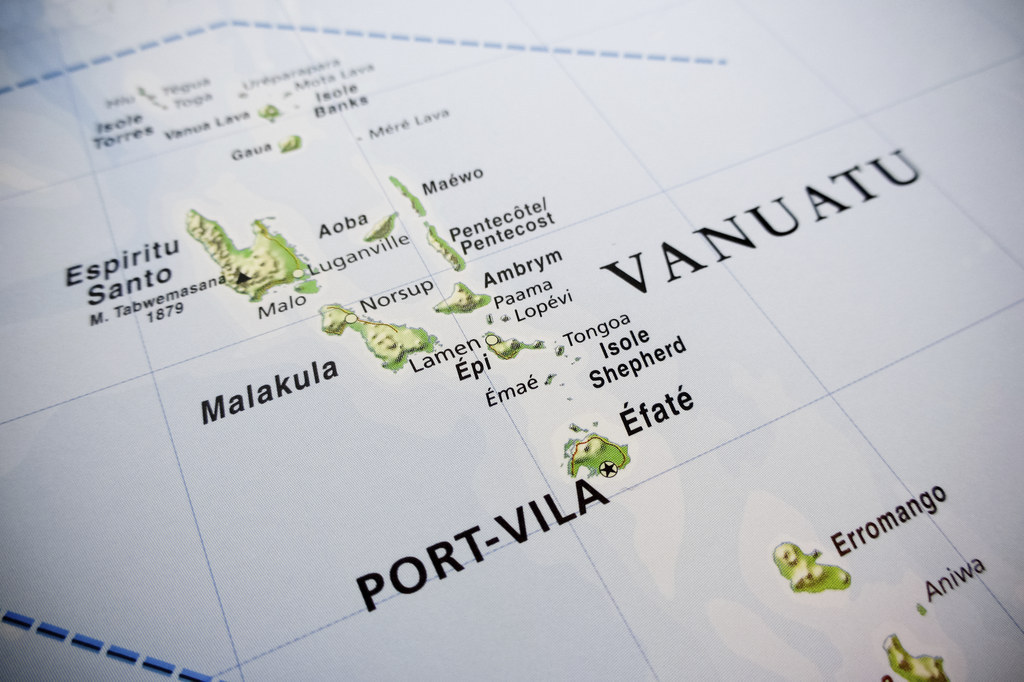
President Baldwin Lonsdale called the storm a "monster" and said it had "wiped out" any recent development on the islands, forcing the nation to start anew.
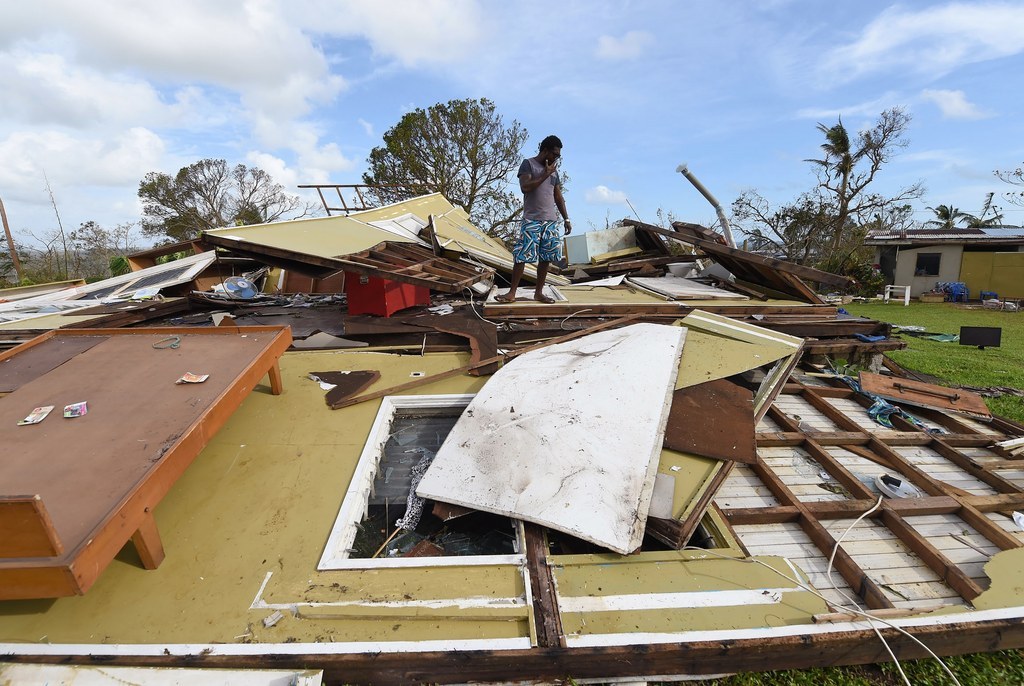
Aid agencies reported that 90% of the houses in the capital of Vanuatu, Port Vila, have been destroyed.
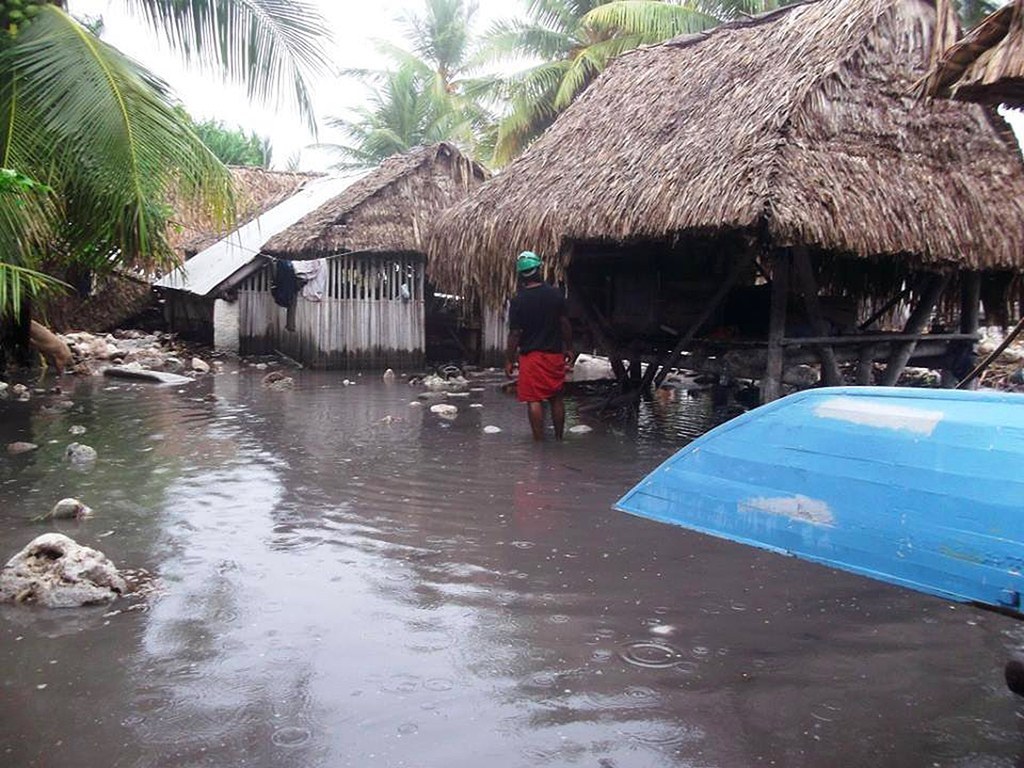
The UN Disaster Assessment and Coordination team said 37 evacuation centers were set up in Port Vila, BBC reported.
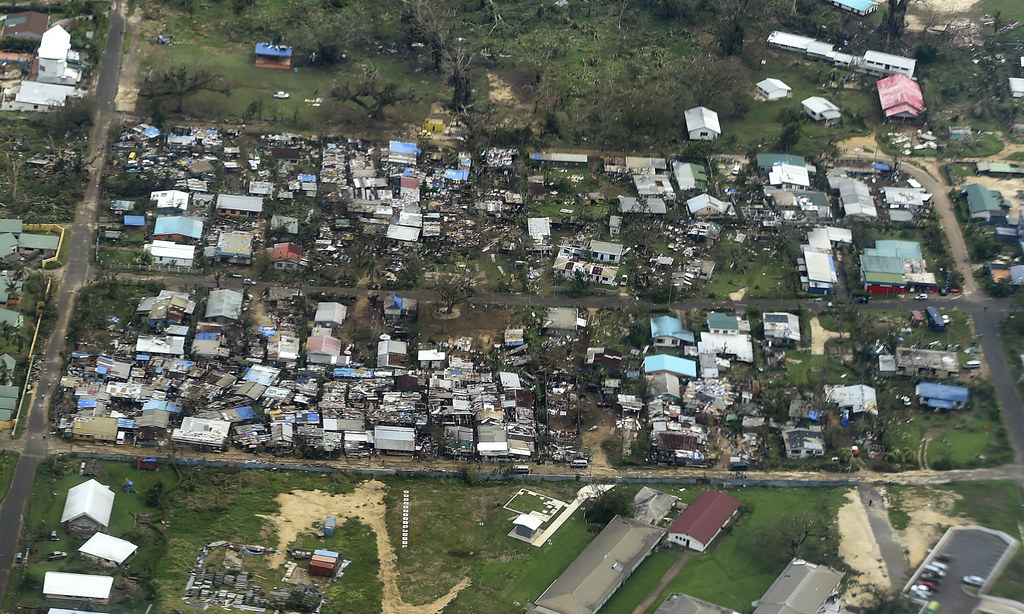
The evacuation centers are catering to the thousands of people who are now homeless, the UN said.
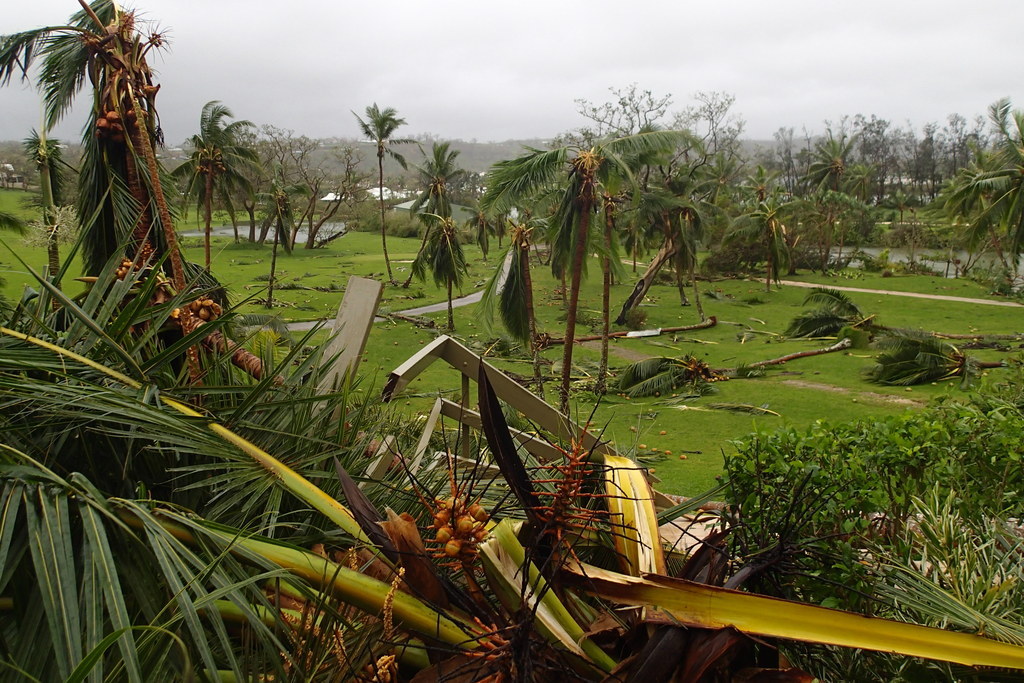
Authorities said they are also trying to evaluate the damage and bring drinking water and food to stranded communities.
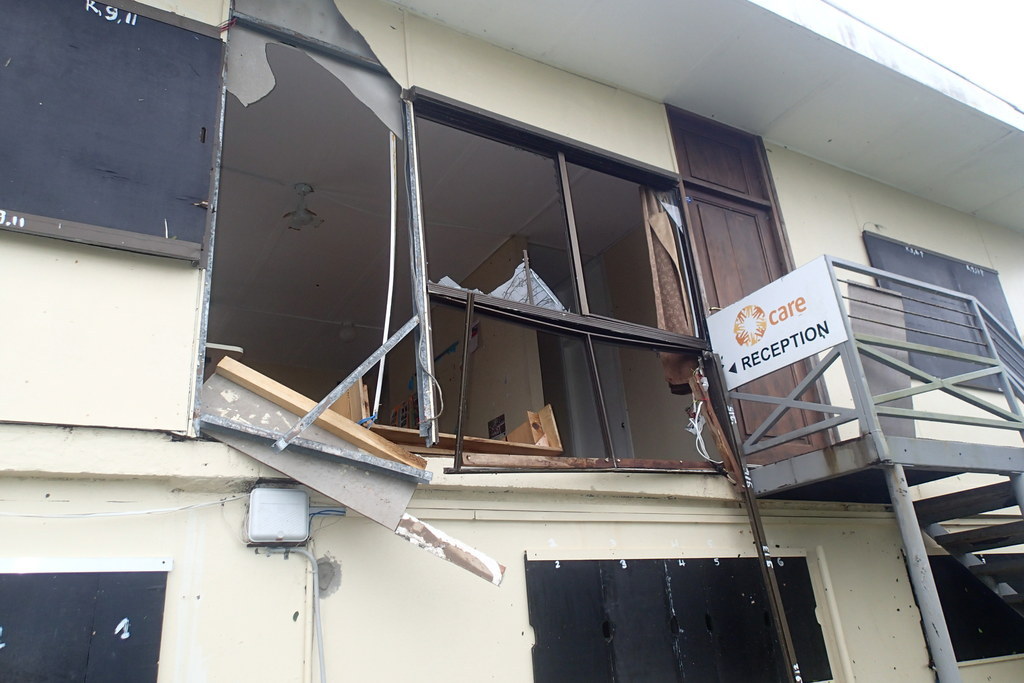
Australia and New Zealand have pledged $6.5m in humanitarian aid.
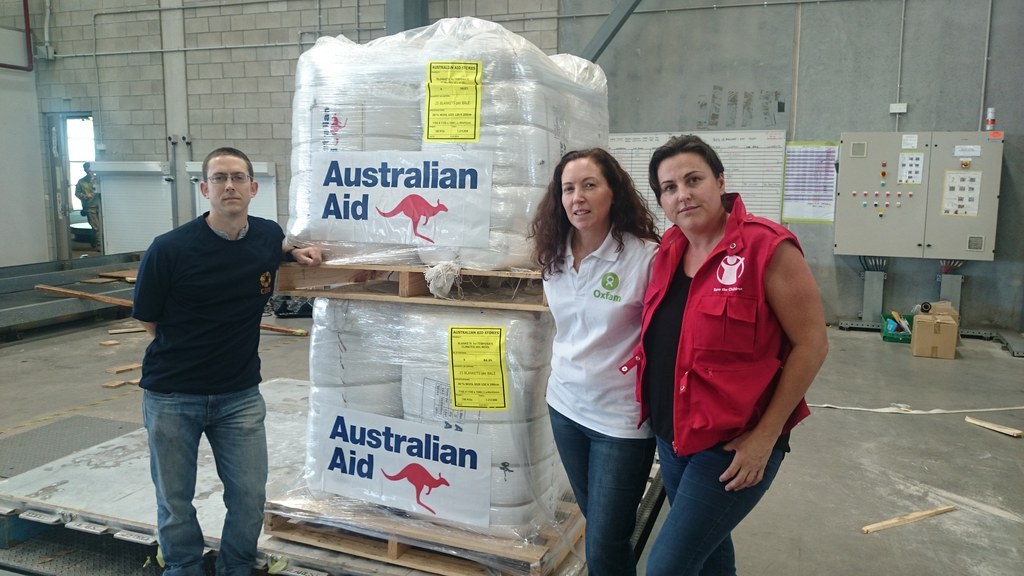
President Lonsdale has called for more international aid.
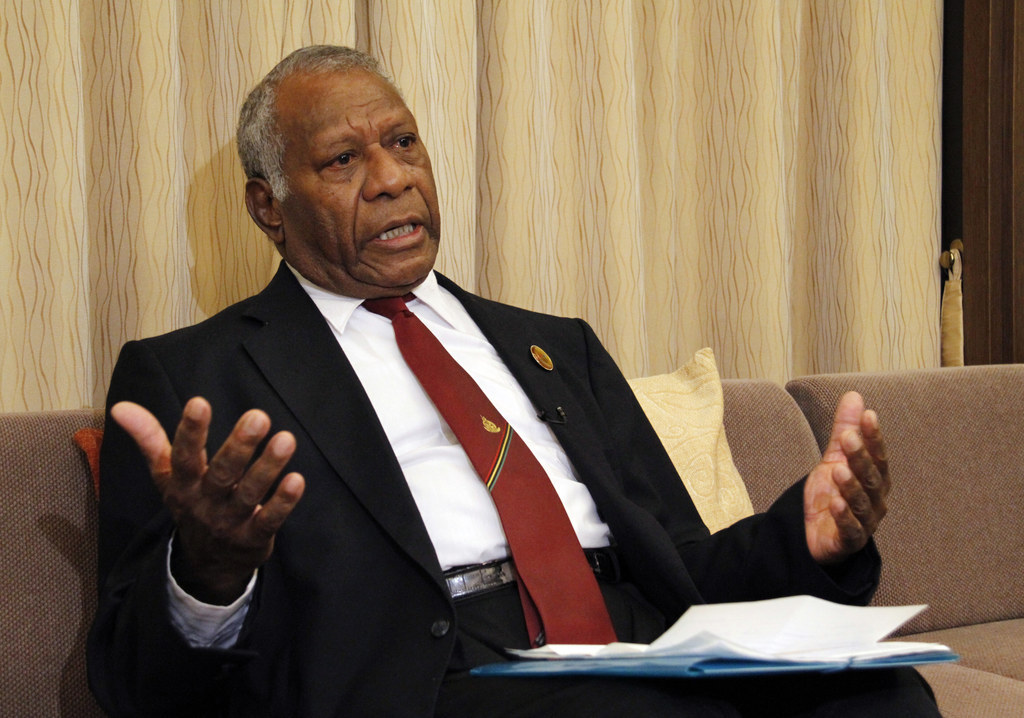
"This is a very devastating cyclone in Vanuatu. I term it as a monster, a monster," he said. "It's a setback for the government and for the people of Vanuatu. After all the development that has taken place, all this development has been wiped out."
Most families in Vanuatu live in thatched-roof homes, and even the most solid looking structures didn't escape the damage caused by the cyclone.
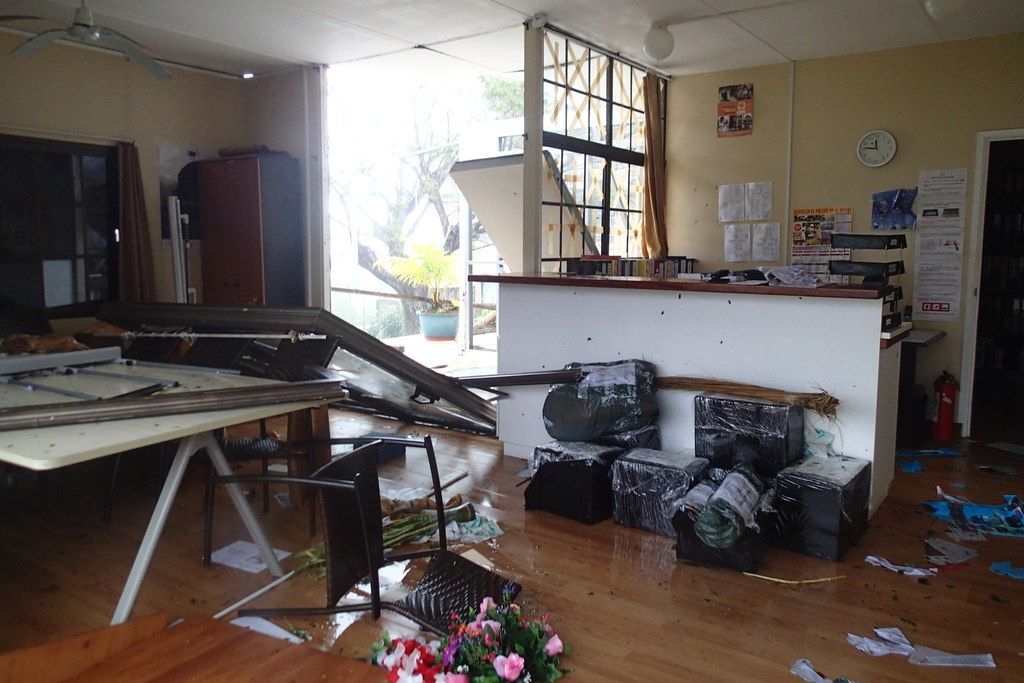
Many family homes have been stripped of their roofs or flattened by the Cyclone's winds and rains.
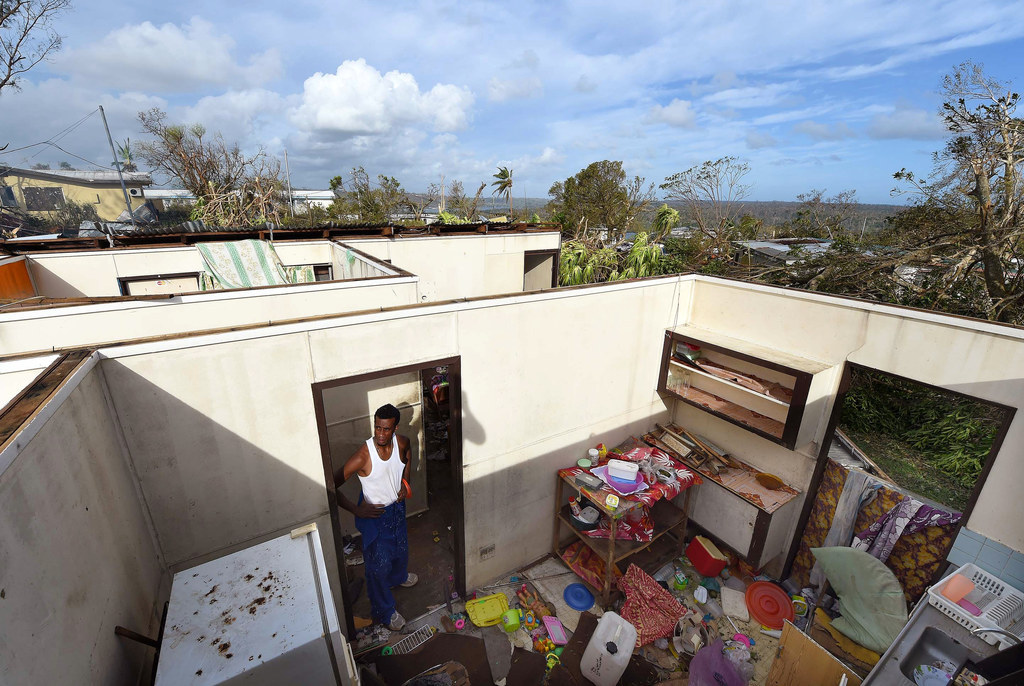
Government and aid agencies are still unable to reach the most isolated communities spread out in the Pacific ocean.
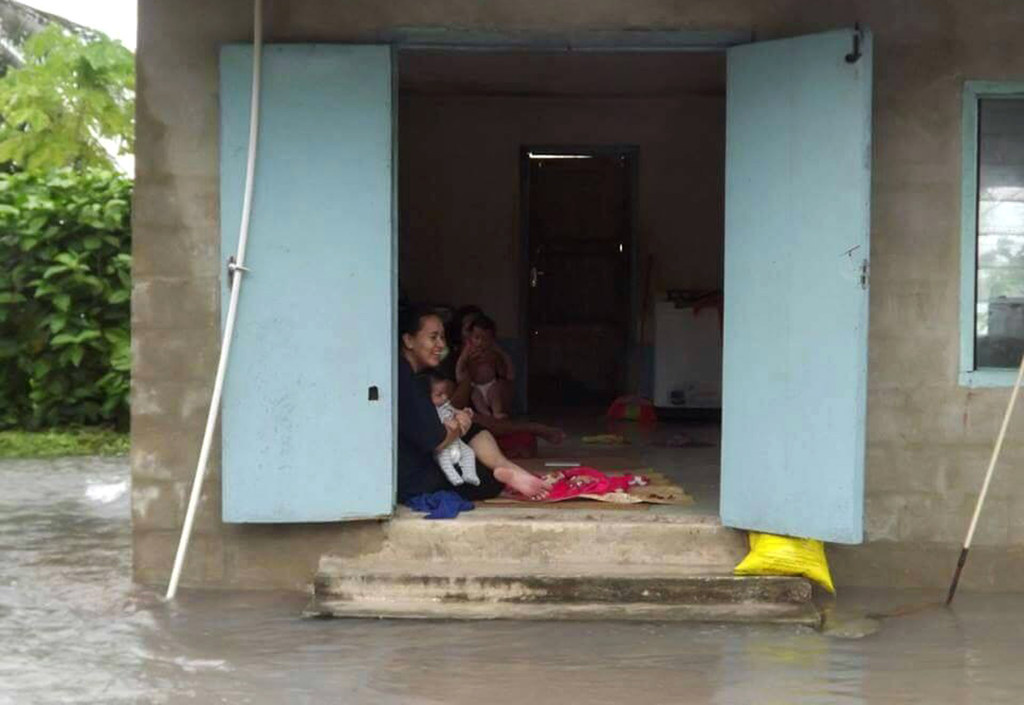
The devastation was made worse by climate change, President Lonsdale said, adding that Vanuatu has seen changing weather patterns, rising seas, and more rain than on average.

"Climate change is contributing to the disasters in Vanuatu," President Lonsdale said. "We see the level of sea rise. Change in weather patterns. This year we have heavy rain more than every year."
"This is likely to be one of the worst disasters ever seen in the Pacific," Oxfam Australia’s executive director Helen Szoke, told The Guardian.



